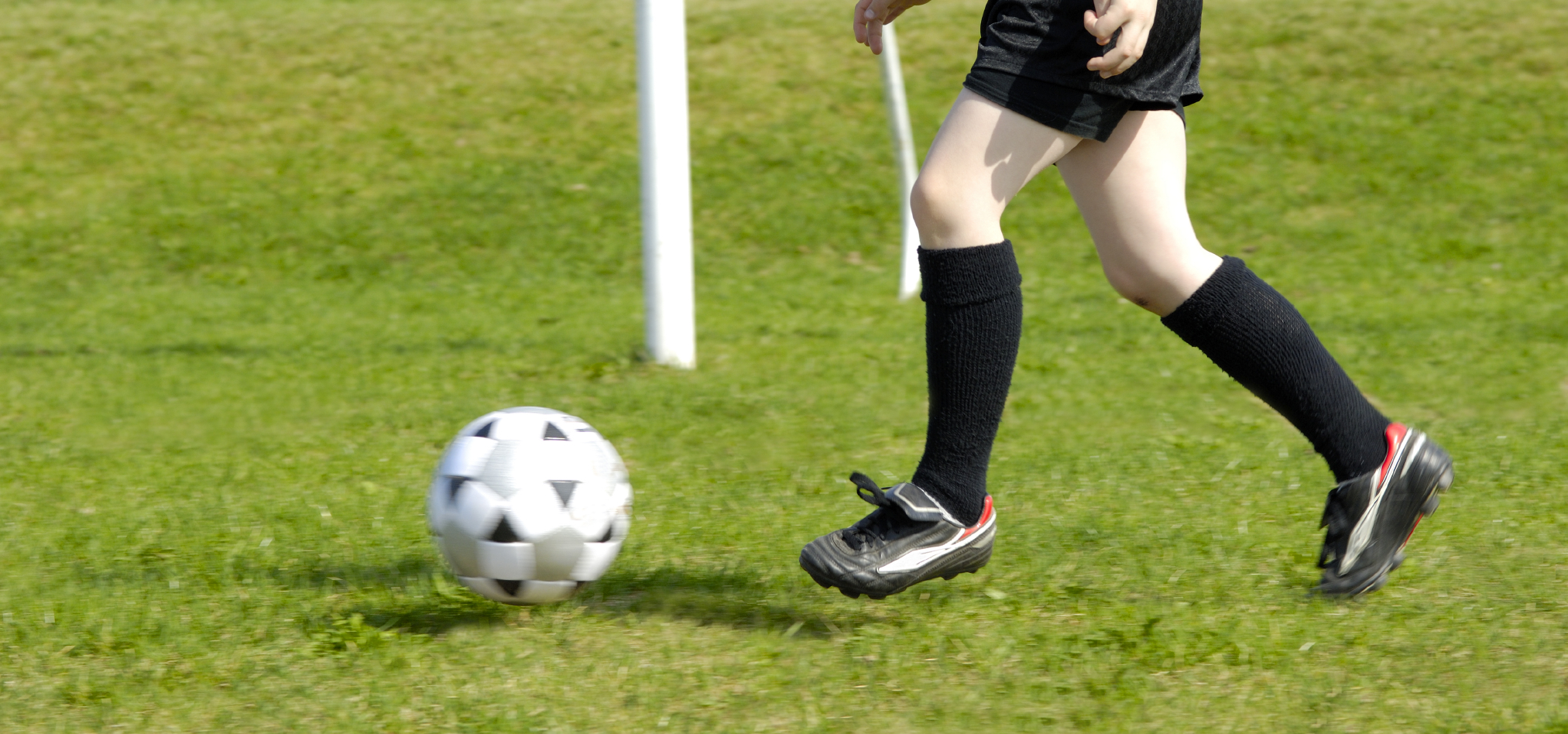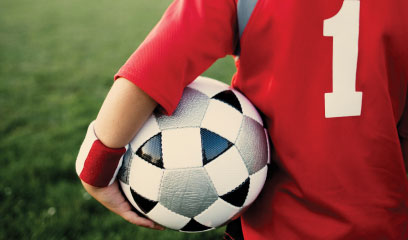
Score this as one of my uncomfortable parenting moments. My 12-year-old son’s soccer team was playing in a tournament over the winter. The Spanaway turf was a hard, frozen tundra that morning and my son was going into this game with some foot and knee pains. It had been a long season of both soccer and cross country.
From the stands I watched as his limp got progressively worse. At half-time, I asked if he needed to come out. “We don’t have any subs,” he said, shaking me off. Not wanting, God forbid, to be a Chopper Mom, I sat back and watched between fingers covering my face as he ended the game barely able to walk.
The coach had not noticed his obvious discomfort, but it was my cross to bear. I, after all, had seen it. I hadn’t benched Alex, and the reality is, it’s hard to expect a kid to tell the coach he wants out of a tournament game. They’re smart enough to know that looks weak. Nope, this one was on me.
Orthopedic surgeon Thomas Chi of Proliance Surgeons in Bellevue diagnosed Alex with calcaneal apophysitis, or Sever’s Disease, one of the most common foot injuries in children between 8 and 12 years of age. The repeated pounding or overuse had caused a painful inflammation in the growth plate of my son’s heel. Luckily, his injury would heal with rest. Dr. Chi also recommended a silicone heel insert that would offer more padding once my son was back on the field.
 Which begs the question: World Cup-level players may really need that feather-light footwear, but for the hundreds of thousands of American youth soccer players, are their shoes minimalist to a fault?
Which begs the question: World Cup-level players may really need that feather-light footwear, but for the hundreds of thousands of American youth soccer players, are their shoes minimalist to a fault?
“Kids have no stress relief in the soccer cleat itself,” says Texas podiatrist Marybeth Crane, a sports medicine expert and mother of three daughters who have played soccer. “Seventy percent of the kids don’t have perfectly normal feet — they might have an arch that’s so high you can drive a truck under it, or they might have such flat feet they need support for that. If there’s any pain, parents need to figure out what’s going on before there’s damage that can last into adulthood.”
Three world-class tips for fitting cleats before pain starts
1. Size is everything
Choose cleats with no more than a pinky finger’s distance between the wearer's toes and front of the shoe, even if you think your player can just grow into them.
The width issue is tricker. “Soccer shoes are notorious for being narrow,” cautions Seattle physical therapist Dan Benson, a former collegiate soccer player. “Especially if the kid has wider feet, you need to get a cleat with more room in the toe box so there is space for the metatarsal heads. Some running shoe companies have figured it out, but soccer not as much.” When there is not enough space, a player can experience toenails falling off or even toe fractures.
Crane adds that finding a wide enough cleat is particularly important in children who are slightly heavier: “There is more weight on their feet, pushing down on their arch, so parents need to be aware of width in larger kids.”
2. Know what your cleats are made of
Consider the cleat’s materials, particularly the upper. Benson points out shoes made of kangaroo leather will better stretch to a wider foot than a treated calf-skin or synthetic upper. The downside of kangaroo leather being the spongiest is that it is therefore the most water-absorbent, so rule out the synthetic options first.
 Very few cleats, and certainly not the more affordable ones, have liners with any cushion in the foot bed. If your player is primarily running on hard turf with less give than grass, soft over the counter liners or gel heel inserts can be helpful to help reduce soreness or pain from repeated impact.
Very few cleats, and certainly not the more affordable ones, have liners with any cushion in the foot bed. If your player is primarily running on hard turf with less give than grass, soft over the counter liners or gel heel inserts can be helpful to help reduce soreness or pain from repeated impact.
Benson says unless a mechanical problem exists in the child’s foot, do not automatically add stiff orthotic inserts to your child’s shoe thinking that you are helping them. Not only might your child not need that additional arch support, the rigidity of those inserts can interfere with their normal freedom of motion, sometimes leading to other problems down the line.
Ask the soccer store about their return policy. Ideally your child can wear the cleats around the house to make sure they are comfortable before playing in them.
3. To each his (or her) own
No matter how tempting, avoid just getting whatever is on sale or using hand-me-downs from siblings or friends. Siblings’ foot shapes vary as much as their personalities. just because they’re related does not mean they should share shoes. Even before more serious injuries might develop, chafing from a misfit cleat can lead to blisters or lost or ingrown toenails. “That’s the number one problem that I see with foot issues from soccer,” says Crane: “Hand-me-downs that don’t fit. Definitely not a good idea.”











